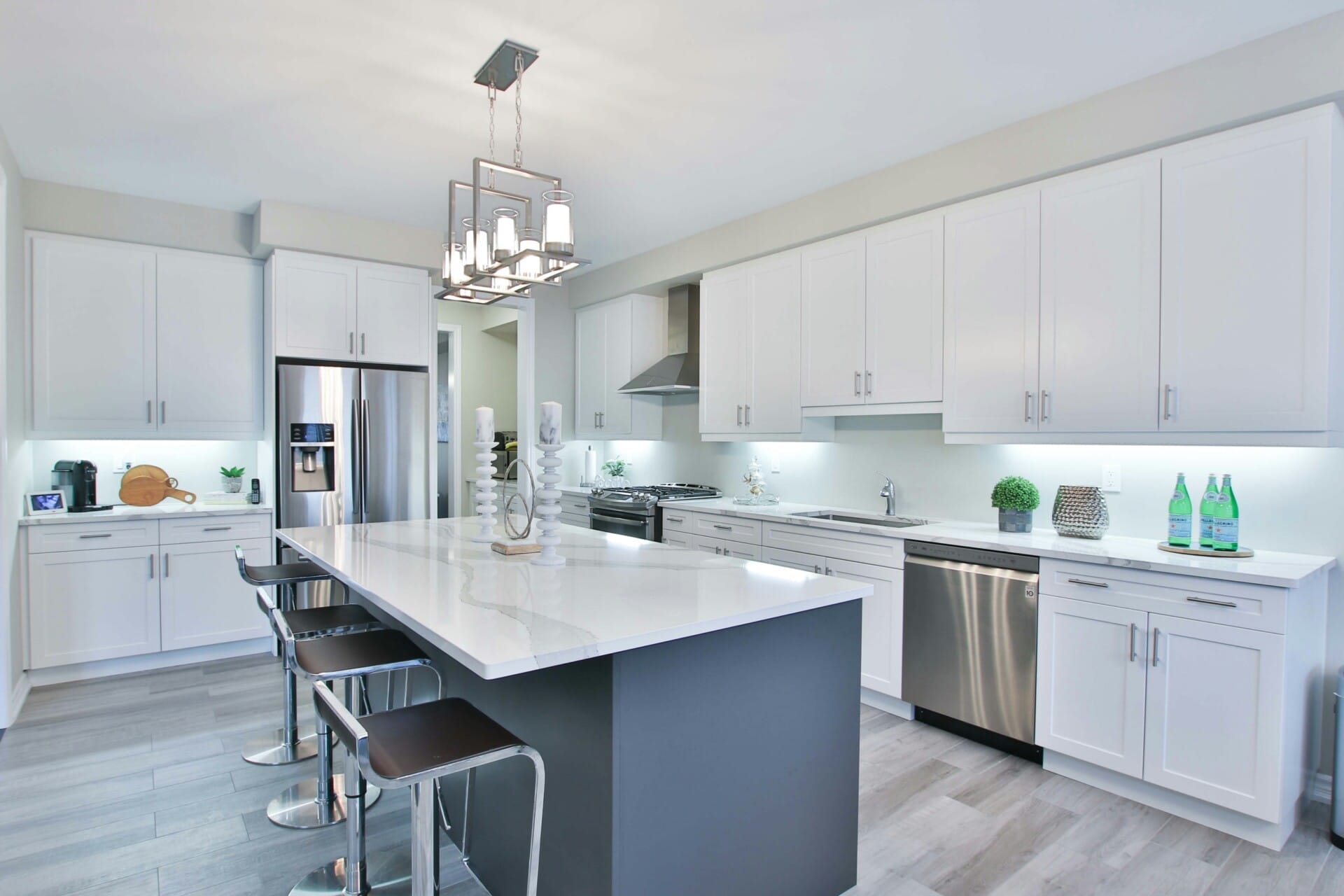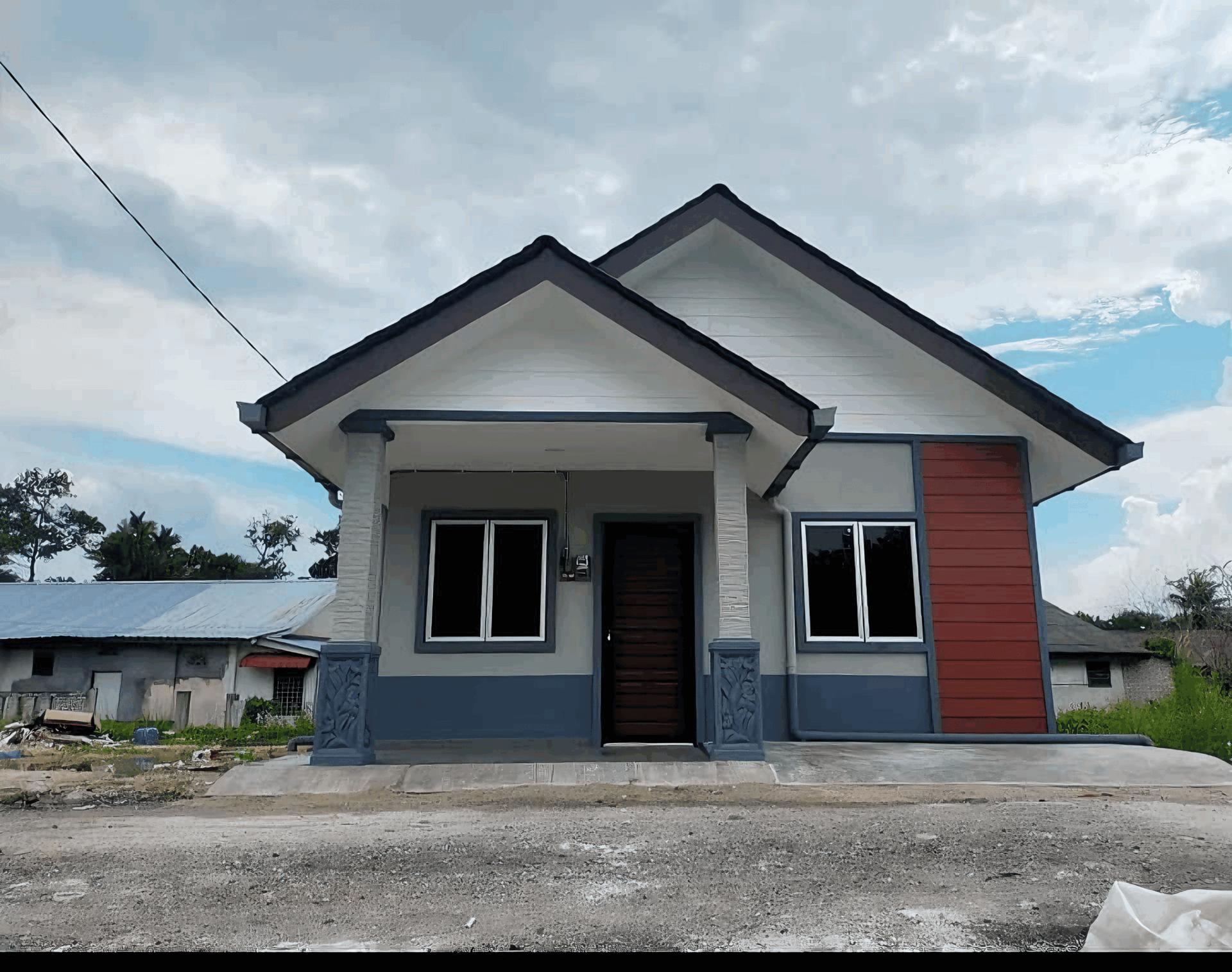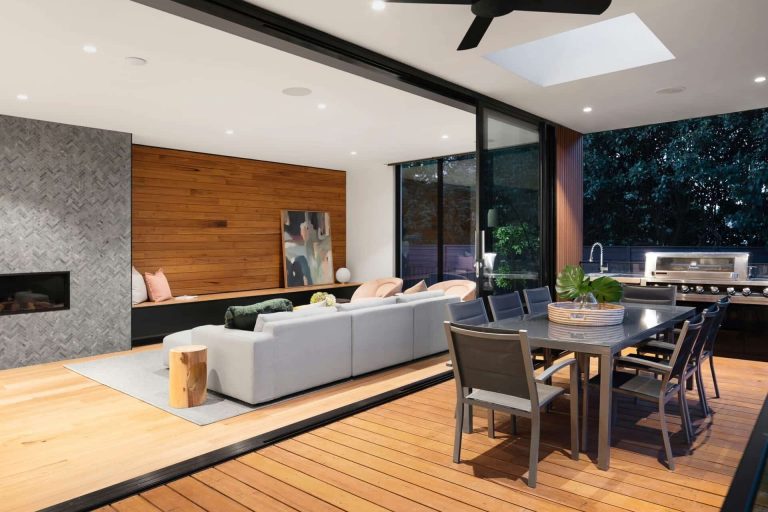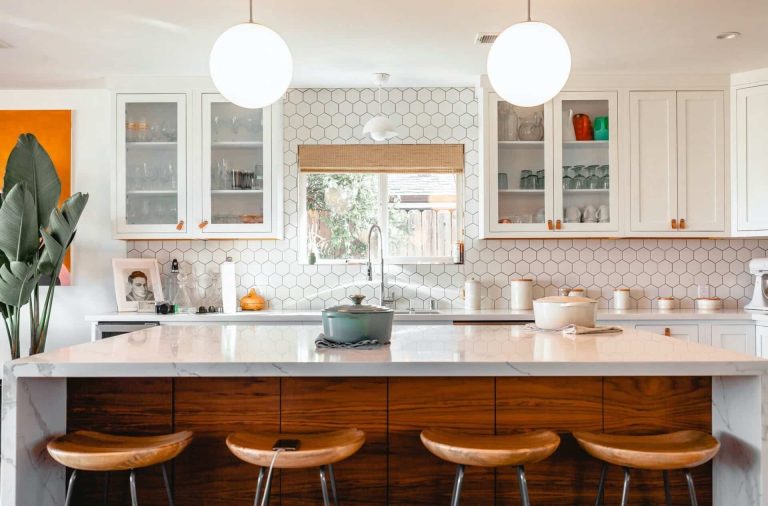Building a home is often considered one of life’s most significant and rewarding projects. The excitement of envisioning a space that reflects your personal style, meets your family’s needs, and provides comfort for years to come can be electrifying. However, amid the creativity and anticipation, the home building process rarely unfolds without its share of changes and challenges. From unexpected delays and budget constraints to design dilemmas and regulatory hurdles, navigating these obstacles can seem daunting.
This article aims to equip prospective homeowners with practical strategies for handling the inevitable twists and turns of the construction journey. We’ll explore common challenges that arise during the building process, discuss the importance of flexibility and communication, and offer insights on how to collaborate effectively with contractors and builders. With the right mindset and tools, you can transform potential setbacks into opportunities for growth, ensuring your dream home becomes a reality despite the obstacles along the way. Join us as we delve into the art of resilience and adaptability in home building, empowering you to take charge of your project and embrace the journey with confidence.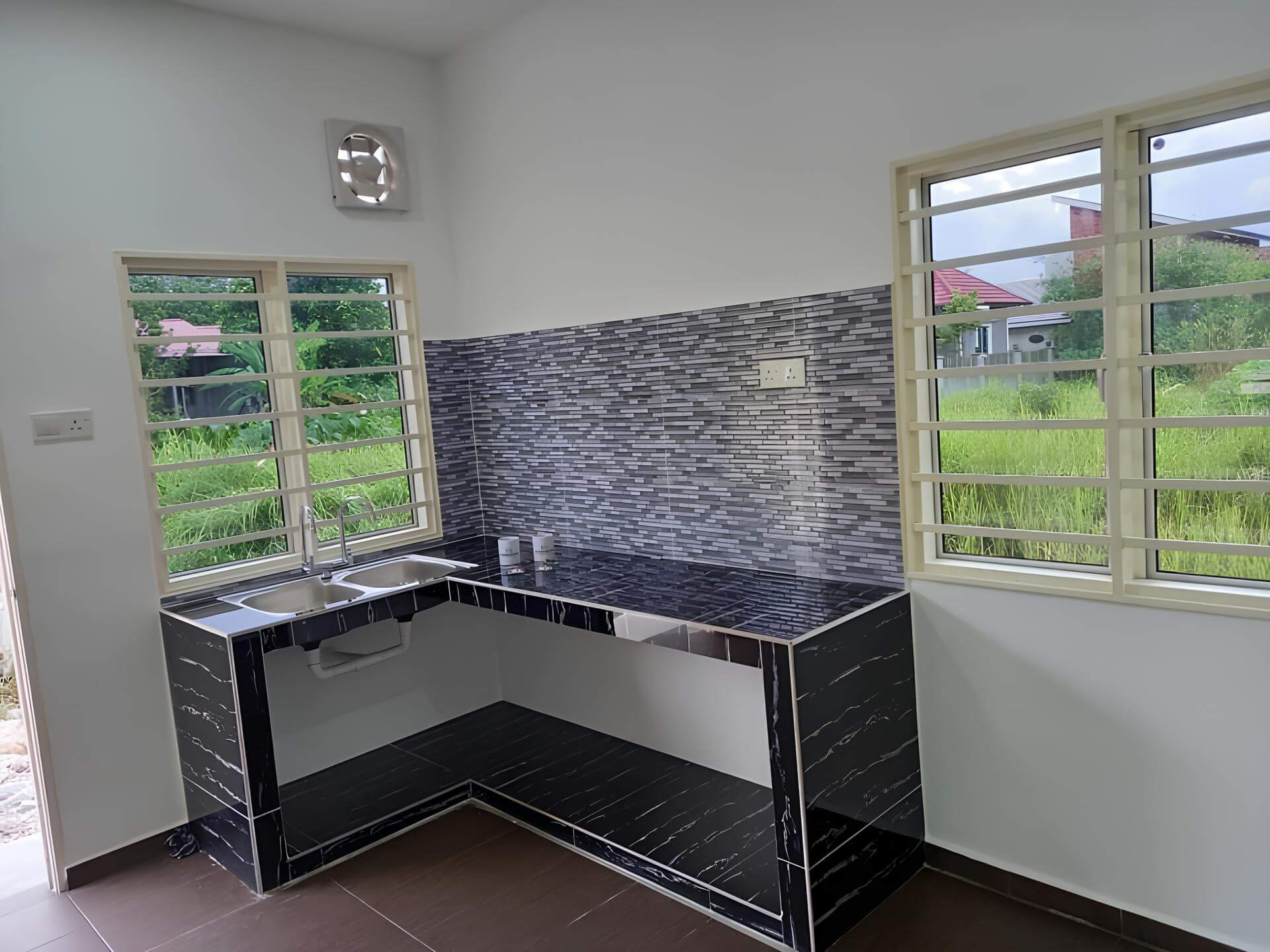
Navigating the Emotional Landscape of Home Building
Building a home is often likened to embarking on a rollercoaster ride—filled with exhilarating highs and unnerving lows. Unexpected changes can occur at any moment, whether they stem from weather delays, budget revisions, or design adjustments. To effectively navigate these emotional shifts, it’s crucial to foster resilience and adopt a flexible mindset. Embrace the idea that setbacks aren’t failures but opportunities for growth and creativity. Accepting this fundamental principle can transform your perspective, allowing you to conquer each hurdle with confidence.
As you traverse the complexities of home building, maintaining open lines of communication with your builders and designers is paramount. Clear communication can mitigate feelings of anxiety and frustration. Consider the following strategies:
- Schedule regular check-ins to discuss progress and address concerns.
- Document all changes and agreements to ensure everyone is aligned.
- Seek feedback on developments and share your thoughts openly.
Creating a harmonious relationship with your team can significantly ease emotional strains during the process.
The emotional landscape can also be influenced by how you manage your expectations. Understand that each phase of building brings unique challenges that may not align with your initial vision. It can be helpful to develop a flexible design approach that allows for adjustments while keeping your core desires intact. Utilizing the following table can help you track potential changes and their implications:
| Potential Change | Emotional Impact | Actionable Strategy |
|---|---|---|
| Budget Adjustments | Frustration | Reassess priorities; identify essential vs. non-essential items. |
| Design Modifications | Disappointment | Visualize the new options; seek inspiration to reignite passion. |
| Delays | Anxiety | Focus on the bigger picture; engage in temporary distractions. |
By creating a framework that embraces fluidity and open communication, you can transform your home-building journey into a more enjoyable experience. This preparation acts as armor against the emotional challenges ahead, ensuring that each step, whether seamless or rocky, contributes to a transformative journey of creating your dream home.
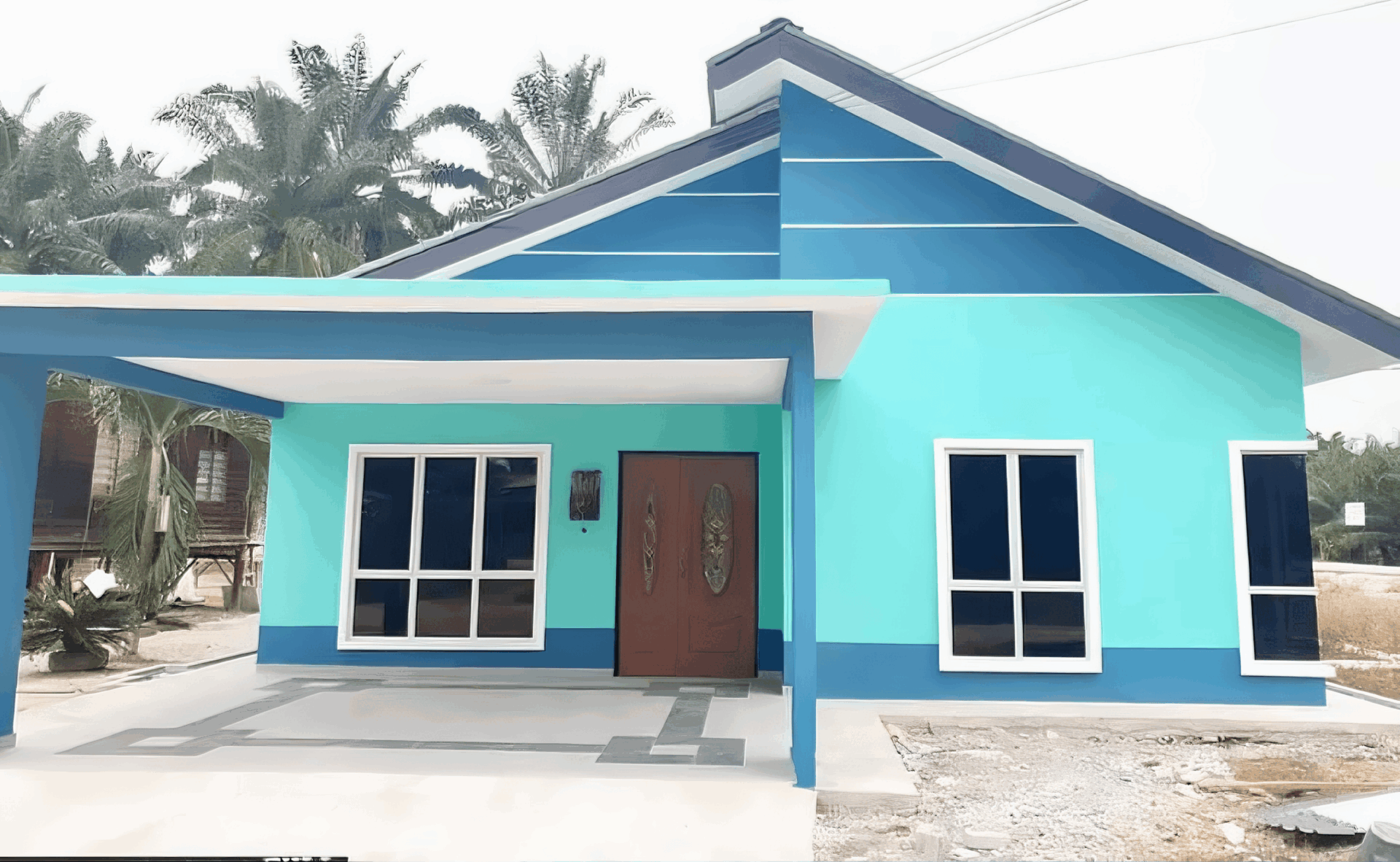
Understanding Common Challenges and Anticipating Solutions
Embarking on a home building journey can be a thrilling yet daunting experience. As projects progress, unforeseen challenges often arise, including budget constraints, delays in material delivery, and changing local regulations. To navigate these hurdles effectively, it’s essential to remain flexible and open-minded. By fostering a proactive approach, homeowners can minimize stress and create a smoother building experience.
One common issue is the fluctuation of material costs, which can dramatically impact your overall budget. To combat this, it’s advisable to establish a contingency fund that covers unexpected expenses. Furthermore, maintaining a transparent communication line with your contractor allows for quick adjustments to your timeline and specifications. Here are a few practical strategies to keep in mind:
- Research costs early to create a realistic budget.
- Stay informed about local market trends for construction materials.
- Regular check-ins with contractors can help you stay ahead of potential delays.
Environmental factors can also present challenges, often requiring adaptations to plans or schedules. Whether it’s inclement weather or seasonal considerations, understanding the local climate can help homeowners anticipate these disruptions. A helpful tool in addressing environmental challenges is the use of a basic timeline chart that allocates buffer days for weather-related delays:
| Phase | Estimated Duration | Buffer Days |
|---|---|---|
| Foundation | 2 weeks | 5 days |
| Framing | 3 weeks | 4 days |
| Interior Work | 4 weeks | 3 days |
Ultimately, keeping a positive attitude and being well-prepared can define the success of your home building project. By understanding common obstacles and implementing effective strategies, you can not only handle these challenges with ease but also ensure that your dream home becomes a reality without unnecessary setbacks.

Effective Communication with Your Builder and Contractors
Effective communication is the cornerstone of any successful home building project. To ensure smooth interactions with your builder and contractors, it’s essential to establish clear lines of communication from the outset. Regular check-ins and updates can help address potential issues before they escalate. Consider implementing these strategies:
- Schedule Weekly Meetings: Set a specific day and time each week to review progress and discuss upcoming tasks.
- Use Visual Tools: Share blueprints, photographs, and project management software to visualize changes and document decisions.
- Be Open to Feedback: Encourage your contractors to voice concerns or suggest alternatives that could enhance the project.
Additionally, practicing active listening can foster a collaborative atmosphere. This means not just hearing but truly understanding the viewpoints of your builder and contractors. When challenges arise, addressing them directly and constructively can save time and resources. To facilitate this communication, consider maintaining a simple log:
| Date | Issue/Change | Resolved By | Status |
|---|---|---|---|
| MM/DD | Change in Layout | Builder | Resolved |
| MM/DD | Material Delay | Contractor | In Progress |
maintain a tone of professionalism in all your communications, even during stressful situations. A calm and respectful approach can often defuse tension and promote a more productive dialogue. As you navigate changes and challenges in your project, remember that building relationships with your builder and contractors is as vital as building your home itself. This approach not only leads to a better end result but also enhances your overall experience throughout the journey.
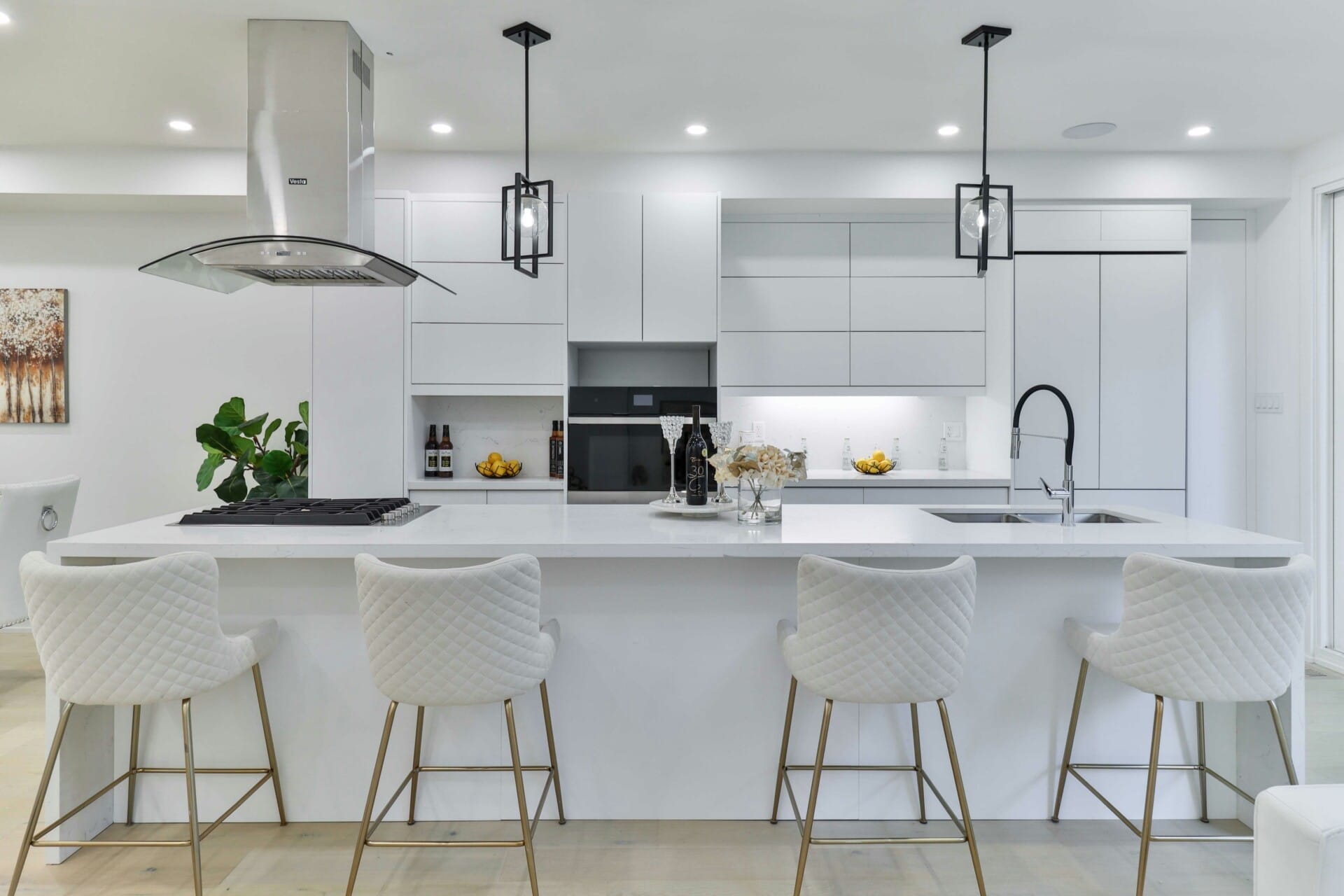
Adapting Your Vision: Flexibility in Design and Budget Decisions
When embarking on the journey of home building, it’s essential to acknowledge that changes are not just possible—they’re likely. Being prepared for this reality means embracing a mindset of flexibility, especially regarding design elements and budget considerations. As you navigate the evolving landscape of your project, keep in mind the importance of open communication with your contractors and suppliers. This can foster a collaborative environment that allows for creative solutions, ensuring that both your vision and practicality can coexist harmoniously.
It can be beneficial to prioritize your must-haves and nice-to-haves, creating a clear outline of your goals. By doing so, when faced with unexpected challenges, you can quickly identify areas where adaptations can be made without compromising your overall vision. Consider these strategies to maintain flexibility:
- Define your key elements: Focus on the features that are non-negotiable for you.
- Research alternatives: Stay informed about various materials and design options that may fit your budget.
- Maintain an open mind: Be willing to explore creative solutions that align with your expectations and financial parameters.
Budget adjustments may also be necessary as you adapt your plans. It’s advisable to allocate a contingency fund to cover unexpected costs or changes in material pricing. To help manage this, consider keeping a simple budget tracker. Below is a table designed to assist you in visualizing and managing your budget effectively:
| Category | Estimated Cost | Actual Cost | Notes |
|---|---|---|---|
| Foundation | $15,000 | ||
| Framing | $25,000 | ||
| Electrical | $10,000 | ||
| Interior Finishes | $20,000 | ||
| Contingency Fund | $5,000 | For unexpected costs |
Q&A
Q&A: Navigating Changes and Challenges in the Home Building Process
Q1: What are some common changes that homeowners experience during the building process?
A1: Homebuilding is an intricate dance of design, budgets, and schedules, and it’s not uncommon for homeowners to face unexpected changes. Common alterations include modifications in design preferences, budget adjustments, or delays due to weather or material shortages. Each decision—whether big or small—can create ripples throughout the project, but flexibility and open communication can help keep everything on track.
Q2: How can homeowners effectively address these changes without losing their sanity?
A2: The key to maintaining your sanity during the home building journey is to foster patience and adaptability. Start by setting a clear vision of your dream home, but remain open to adjustments along the way. Document any changes in a planner or digital tool, and regularly communicate with your contractor or builder. This transparency will help ensure everyone is aligned, and it can ease the stress of changes as they arise.
Q3: What should homeowners do if they encounter significant challenges during the build?
A3: Challenges can range from financing setbacks to design conflicts or even contractor disputes. The first step is to take a deep breath. Then, assess the situation thoroughly. Identify the root cause, gather facts, and reach out to your project manager or builder for insights. Collaborating to find solutions—whether through revising timelines, budgets, or expectations—can transform a daunting challenge into an opportunity for growth.
Q4: Are there strategies to anticipate and mitigate potential challenges before they arise?
A4: Anticipation is the secret weapon against unforeseen challenges in home building. Start with thorough research before breaking ground: get to know the industry, choose a reputable contractor, and set a realistic budget that includes contingencies for unexpected expenses. Consistent progress meetings and check-ins can also pave the way for early detection of potential issues, allowing for timely interventions to keep the project on course.
Q5: How can homeowners keep a positive mindset throughout what can be a lengthy process?
A5: Cultivating positivity during the home building process is essential. Focus on the exciting aspects of creating your dream home—visualize how each chosen detail will contribute to your vision. Surround yourself with supportive friends, family, or even online communities of fellow builders who can share their experiences. Lastly, remember to celebrate small milestones along the way; each step forward is a victory that brings you closer to your ultimate goal.
Q6: When is it appropriate to seek professional help during the home building process?
A6: Professional help can be invaluable at various stages. If you find yourself overwhelmed with design choices or project management, consider hiring an architect or designer to refine your vision. Alternatively, if conflicts arise with contractors, a mediator or construction attorney can help clarify terms and work towards resolution. Ultimately, don’t hesitate to seek assistance whenever you feel the challenges are beyond your ability to manage.
Q7: What’s the biggest takeaway for anyone hoping to embark on a home-building journey?
A7: The most vital takeaway is to embrace the journey, with all its twists and turns. Building a home is not just about the destination—it’s a formative experience filled with learning and discovery. Approach challenges with an open heart and mind, focusing on the creation of a space that truly reflects your personality and dreams. Remember, flexibility is crucial, and with each hurdle crossed, you’re crafting not just a house, but a home.
Concluding Remarks
As you embark on your home building journey, remember that challenges and changes are not just obstacles; they are opportunities for growth, innovation, and creativity. Each bump in the road can reveal new paths and perspectives that can lead to a home that truly reflects your vision and values. By approaching each hurdle with flexibility, communication, and a problem-solving mindset, you can transform adversity into achievement.
As you stand on the precipice of your new home, take a moment to appreciate the process—the planning, the adjustments, and even the frustrations are all part of crafting a space that’s uniquely yours. Embrace change, and let it guide you toward a deeper understanding of what you truly want and need in your living environment. With patience and perseverance, your dream home will not only be built from bricks and beams but also shaped by the experiences and memories you create along the way. Happy building!